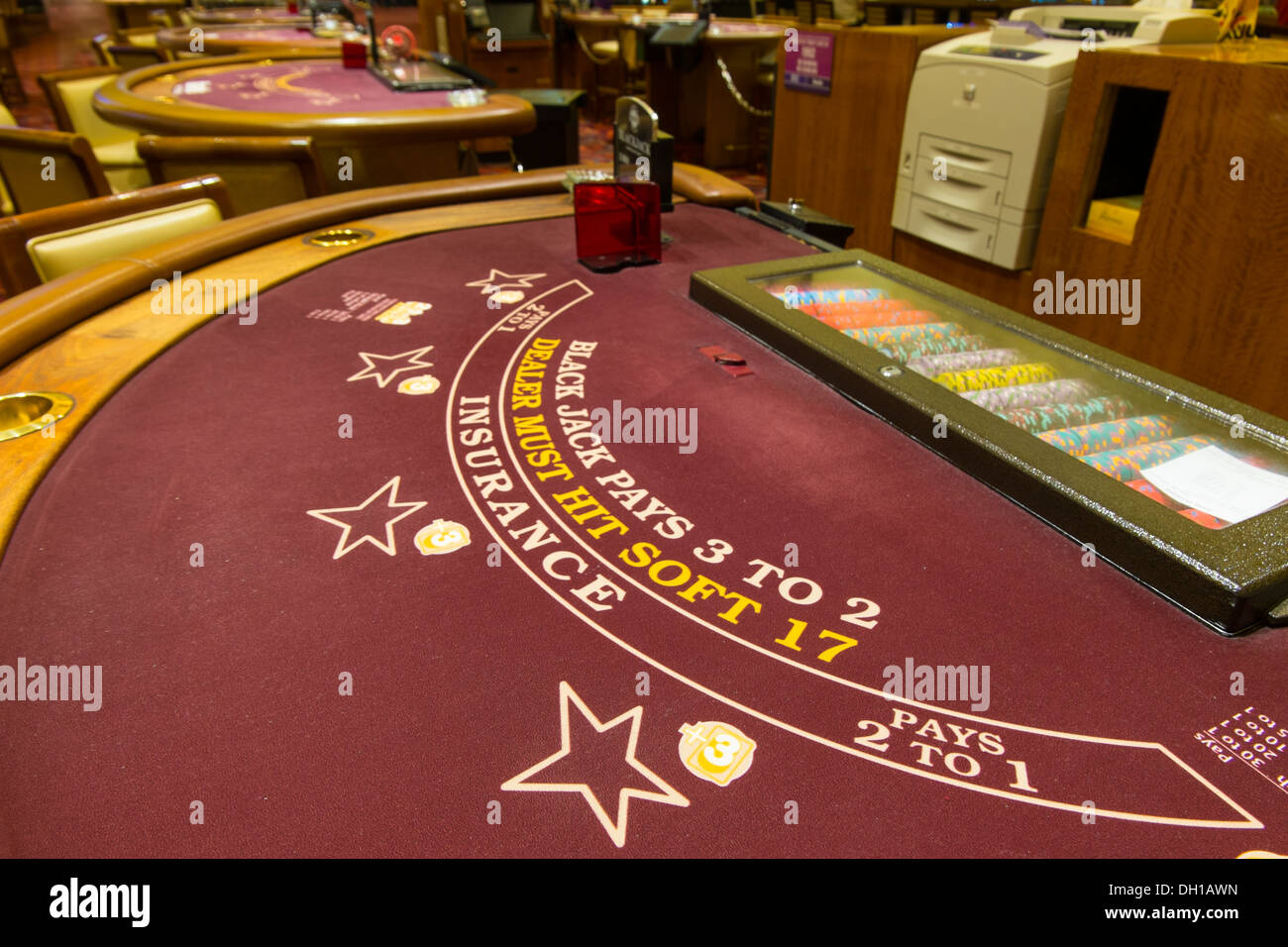I am an employee of a Casino. Former Table Games Director, current Pit Supervisor. All the personal opinions I post are my own and do not represent the opinions of the Casino or Tribe that I work for. 72″ blackjack table w/ folding legs and cup holders $ 250.00 a1a629f95762-1 Add to cart; In stock!! 72″ blackjack table w/ wooden legs and cup holders $ 375.00 a1a629f95762-1-3 Add to cart; Standard – in stock digital game table LED betting limit sign $ 14-1 Add to cart; Replacement Blackjack table folding wood Bases.
Using Basic Strategy Charts and Cards
Blackjack strategy charts help players decide what action to take in any possible situation during a blackjack game. Charts are read with the players hand listed vertically on the left side of the chart with the dealer’s exposed cards variations listed on the top.

To determine the best course of action, find the value of your hand and of the dealers hand, then follow the lines to see what action the chart recommends. Different actions such as standing, hitting, doubling, splitting and surrendering are usually color coded to make the charts easier to read.
As you use blackjack strategy charts, watch for patterns. The more you use them, the more apparent these patterns will be. After time, you will come to know how to respond to each situation intuitively.
Keep in mind that strategy charts change depending on the rules of the game. Pay close attention to avoid using the wrong chart, as this can reduce your chances of winning.
Example: Single Deck Blackjack Strategy Chart
Blackjack Betting Systems That Work
The ultimate goal in blackjack is making the best decision on your hand so as to get your 21 or get closer to 21 than the dealer. To do this, decisions must be made on every card. The questions here as a player are whether to hit, stand, double down, split, when to take insurance and when to surrender. Using the chart below, you are one step to becoming a major pro on getting that 21.
Blackjack Betting Table
Key-words:
Stand: refusing to take another card from the dealer
Hit: adding a card to your hand
Double: doubling your bet and making only one hit
Split: double your bet and splitting the pairs to make more hands
Face up: the dealer’s first card
Soft:A hand that has an Ace equal to 11

Standon
Always on 17 or higher
13-16 unless the dealer’s face up is 7 or more
12 when the dealer’s face up is 4,5 or 6
A soft 19 to 20
Soft 18 when the dealer’s card is 2, 7 or 8
A pair of 10
A pair of 9 when the dealer’s face up is 7, 10 or an Ace
Hiton

13-16 if the dealer’s face up is 7 and higher or an Ace
12 unless the dealer face up is 4,5 or 6
Always on 6 through to 8
9 unless the dealer’s face up ranges 3-6
Soft 13-14 unless the dealer’s face up is 5 or 6
Soft 15-16 unless dealer’s face up is 4-6
Soft 18 when the dealer’s face up is 9 or more
A pair of 7 when the dealer’s face up is more than 8 or an Ace
A pair of 6 when the dealer’s face up is 7 or more
A pair of 5 when the dealer has a 10 or an Ace
A pair of 4 unless the dealer’s face is 5 or 6
A pair of 3 and 2 when the dealer has 8 or more
Double downon
11 unless the dealer’s face up is an Ace
10 except the dealer has a 10 or an Ace
9, soft 17 and soft 18 when the dealer has 3-6
Soft 15 and soft 16 when the dealer has 4-6
Soft 13 and soft 14 when the dealer has 5-6
A pair of 5 unless the dealer has a 10 or an Ace
Split
Always spilt an Ace and 8’s
Pair of 9 unless the dealer has a face up of 7
Pair of 7 unless the dealer has 8 or higher or an Ace
Pair of 6, 2 and 3 unless the dealer has 7 or higher or an Ace
A pair of 4 when the dealer has 4 or 5